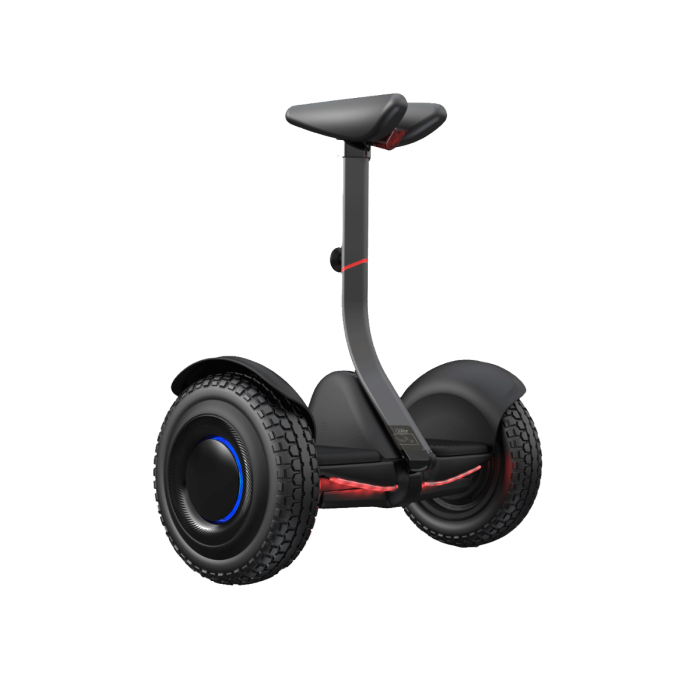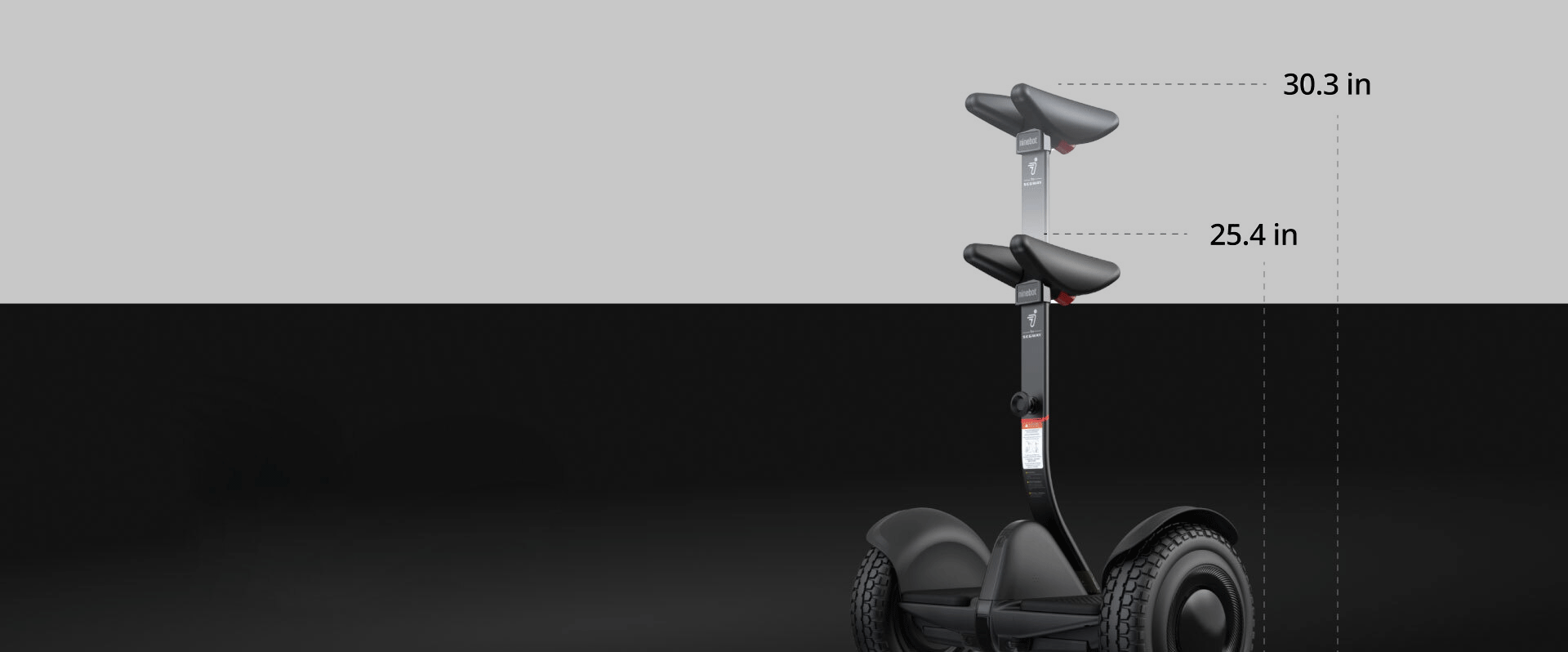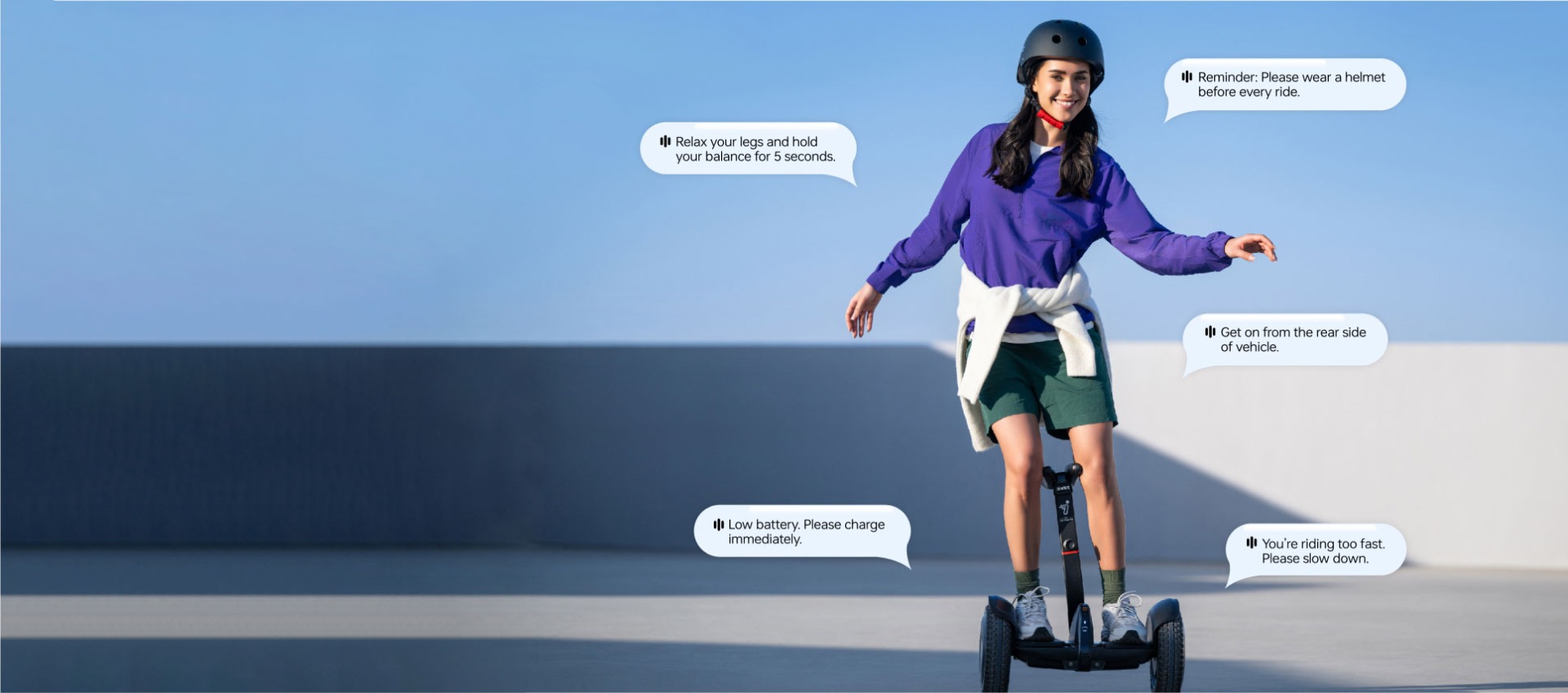We use cookies to make your experience better. To comply with the new e-Privacy directive, we need to ask for your consent to set the cookies. Learn more.
Ninebot S2
As low as $549.99 MSRP $599.99
In stock
The Ninebot S2 is a premium self-balancing scooter designed for smooth, stable, and stylish rides. Perfect for both teens and adults, it features an adjustable knee control bar for a customized fit, ensuring maximum comfort and control. Personalize your experience with RGB wheel lights and taillights, plus enjoy music on the go with the built-in Bluetooth speaker. The Ninebot S2 is the ultimate blend of style, comfort, and technology.
Free shipping for orders over $99

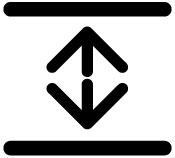


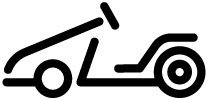
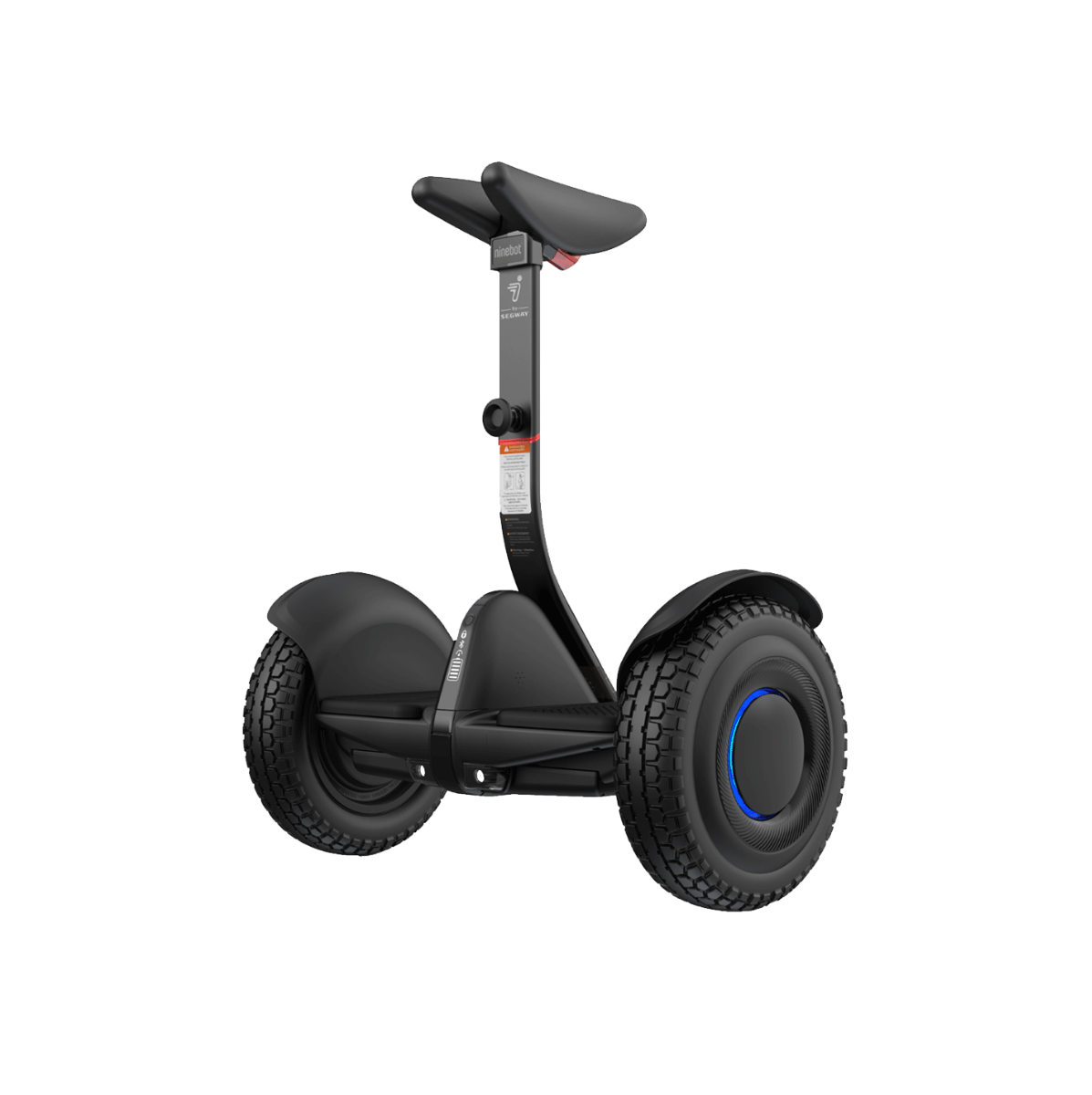
Ninebot S2 Power and Efficiency
Ninebot S2’s larger battery capacity allows for a ride of up to 21.7 miles on a single charge. It also features:
- Dual motors capable of reaching speeds of up to 11.2 mph and handling slopes of up to 15 degrees
- 10.5-inch tubeless pneumatic tires ensure smooth navigation across various terrains
- Lightweight durability thanks to its high-strength magnesium alloy frame; despite weighing only 30lbs, it can support up to 220lbs of weight
For those new to self-balancing scooters, the Ninebot S2 is equipped with an intelligent voice that guides the learning process and offers safety tips along the way.
 Ninebot S2 Features
Ninebot S2 Features
-

Extend Your Ride with More Battery Capacity
With more than 40% battery energy upgrade, users can enjoy longer riding time with their Ninebot S2, with no need of frequent charging. The charging time of Ninebot S2 is around 4.5 hours.
-
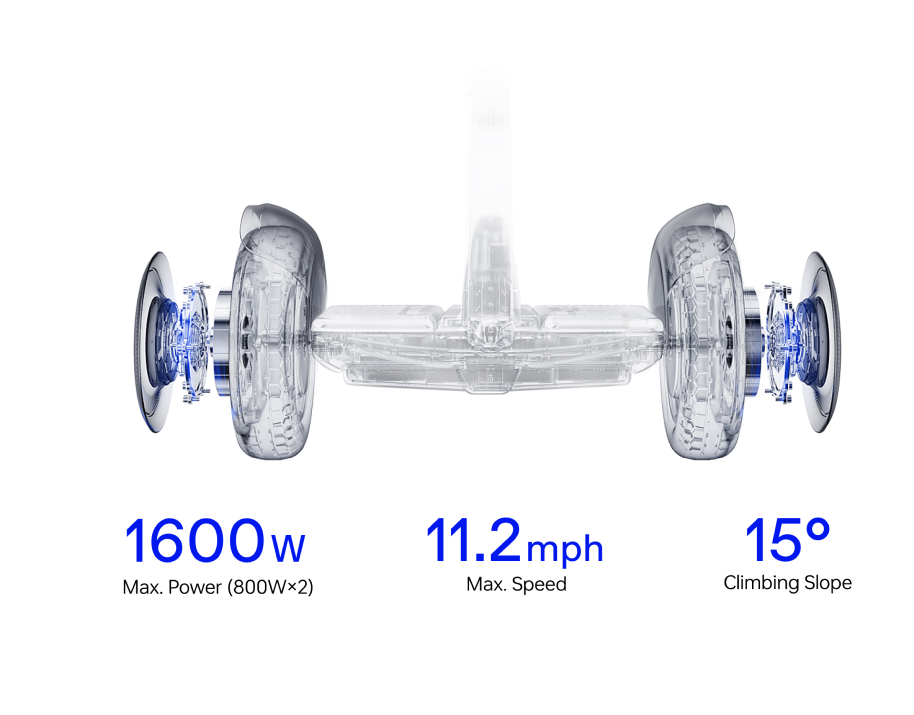
Feel the Thrill
Reach a faster speed with the Ninebot S2 thanks to its powerful and efficient dual motors. Ramp up to 11.2 mph max speed and tackle a variety of slopes.
-
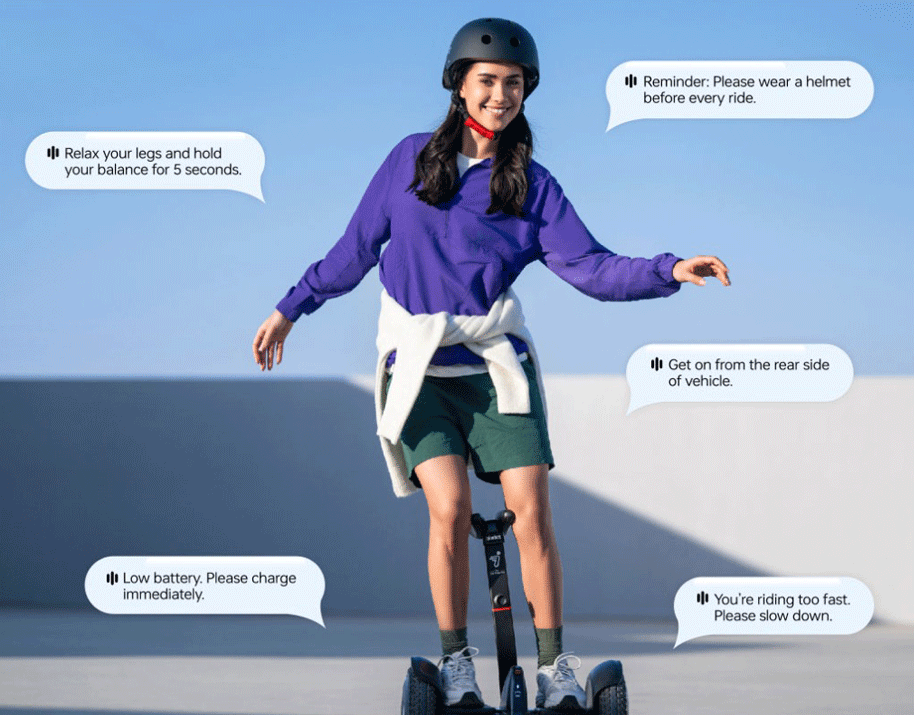
Intelligent Voice for Easy Learning
Learning to ride the Ninebot S2 is as simple as following the instructions of the intelligent voice. Your self-balancing vehicle acts like an attentive one-on-one coach, providing real-time reminders for safe riding.
-
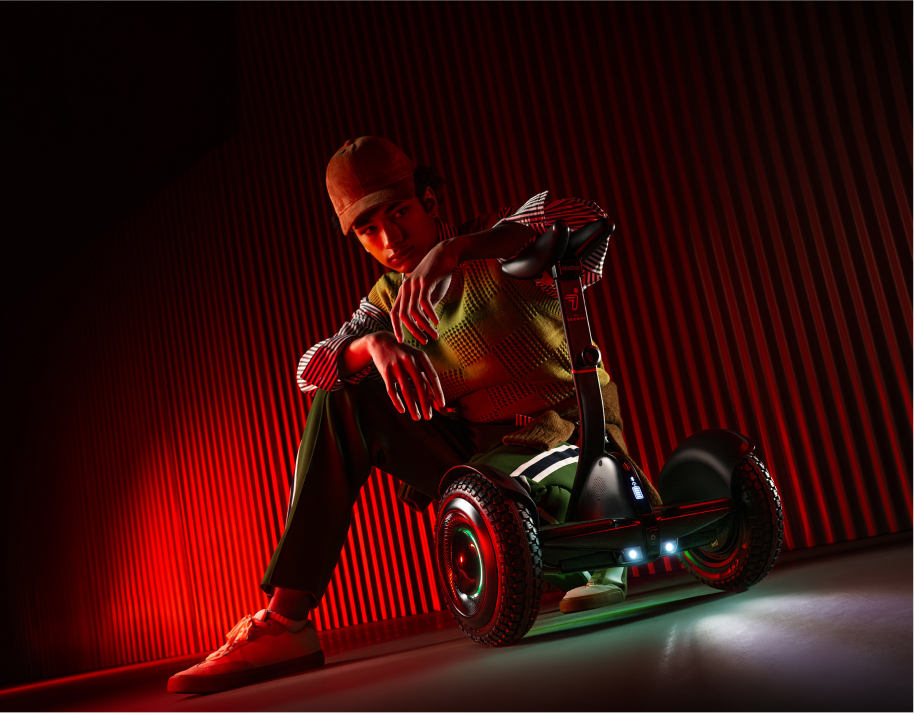
Ride in Radiant Style
Customizable RGB ambient wheel lights and tail lights for a personalized ride that gives you better visibility in low light conditions too.
-
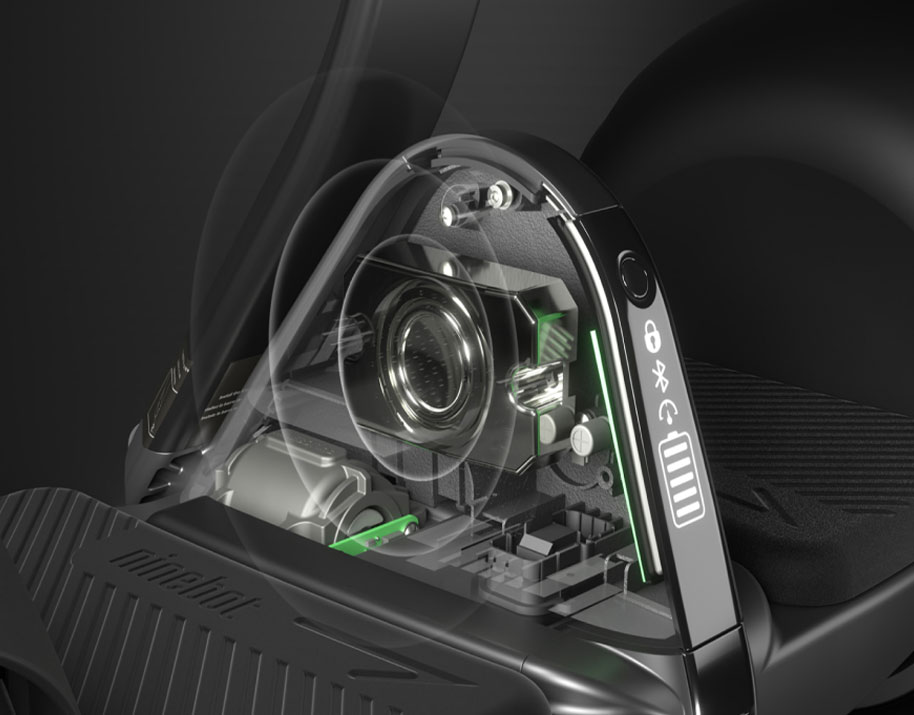
Sync Your Music
Equipped with a built in Bluetooth speaker, connect your device and play music as you ride.
-
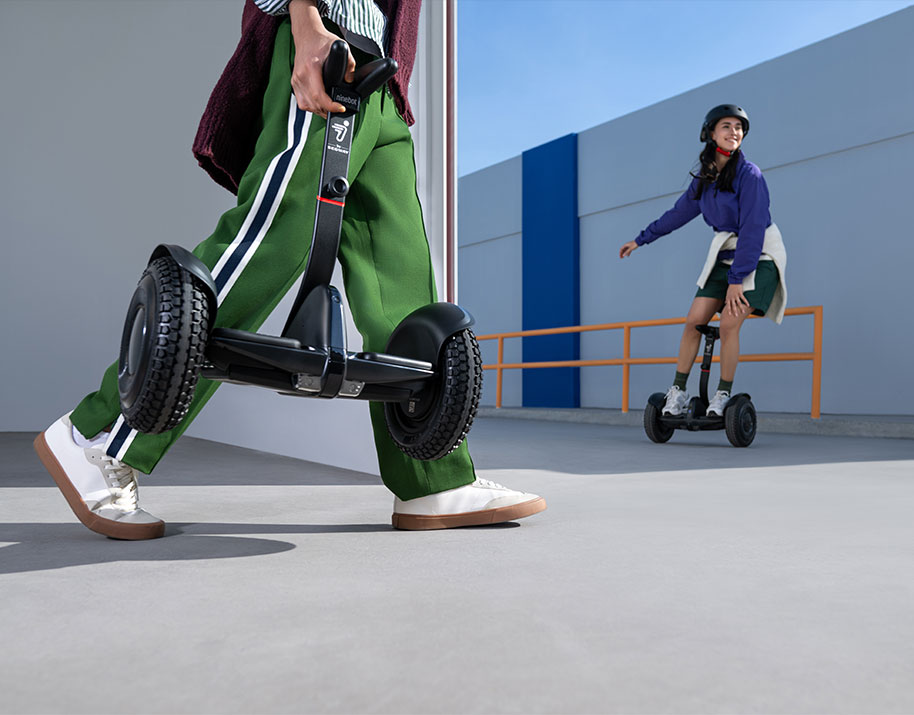
High Payload, Lightweight Mobility
The 30-pound Ninebot S2 is crafted from high-strength magnesium alloy, which allows it to support up to 220 pounds.
Specifications, details, and more helpful information to keep you moving
SegWay
| Ninebot S2 | ||
|---|---|---|
| Category | Model | N5M340 |
| Dimensions | Length x width | 10.4 × 21.8 in (265 × 553 mm) |
| Height[1] | 25.4–30.3 in (645–770 mm) | |
| Weight | Payload | 88–220 lbs (40–100 kg ) |
| Net weight | Approx. 50.3 lbs (22.8 kg) | |
| Rider Requirements | Ages | 16 – 50 years |
| Height | 4'3"–6'6" (130–200 cm) | |
| Vehicle | Maximum speed | Approx. 11.2 mph (18 km/h) |
| Typical range[2] | Approx. 21.7 miles (35 km) | |
| Maximum slope | Approx. 15° | |
| Beginner mode | Can be disabled or reset via the app after 0.6 miles (1 km) riding. | |
| Traversable terrain | Pavement, packed dirt, slopes < 15°, obstacles < 0.4 in (1 cm), gaps < 1.2 in (3 cm) | |
| Operating temperature | 14–104°F (-10–40°C) | |
| Storage temperature | -4–122°F (-20–50°C) | |
| Permitted charging temperature | 32–104°F (0–40°C) | |
| IP rating | IP54 | |
| Charging Time | Approx. 4.5 h | |
| Battery Pack | Rated voltage | 54 V |
| Maximum charging voltage | 63 V | |
| Nominal Energy | 335 Wh | |
| Smart BMS | Overvoltage/Under voltage/Short Circuit/Overheating Protection, Auto-Sleep/ Wake-up, detailed information of battery can be checked with the app. | |
| Charging temperature | 32–104°F (0–40°C) | |
| Motors | Rated power | 400 × 2 W |
| Maximum power | 800 × 2 W | |
| Charger | Input Voltage | 100-240 V ~ 50-60Hz |
| Max output voltage | 63 V | |
| Rated output | 62 V 2A | |
| Output power | 124 W | |
| Tire | Tire pressure | 45–50 psi (310–345 kPa) |
[1]Vehicle height: The distance from the ground to the highest point of the vehicle body.
[2]Typical range: Tested while riding under full power, 165.3lbs (75 kg) load, 77°F (25°C), 60% of max. speed on average on pavement.
* Some of the factors that affect range include: speed, number of starts and stops, ambient temperature, etc.
Shipping Policy Return Policy
Route Shipping Protection Plan FAQ


